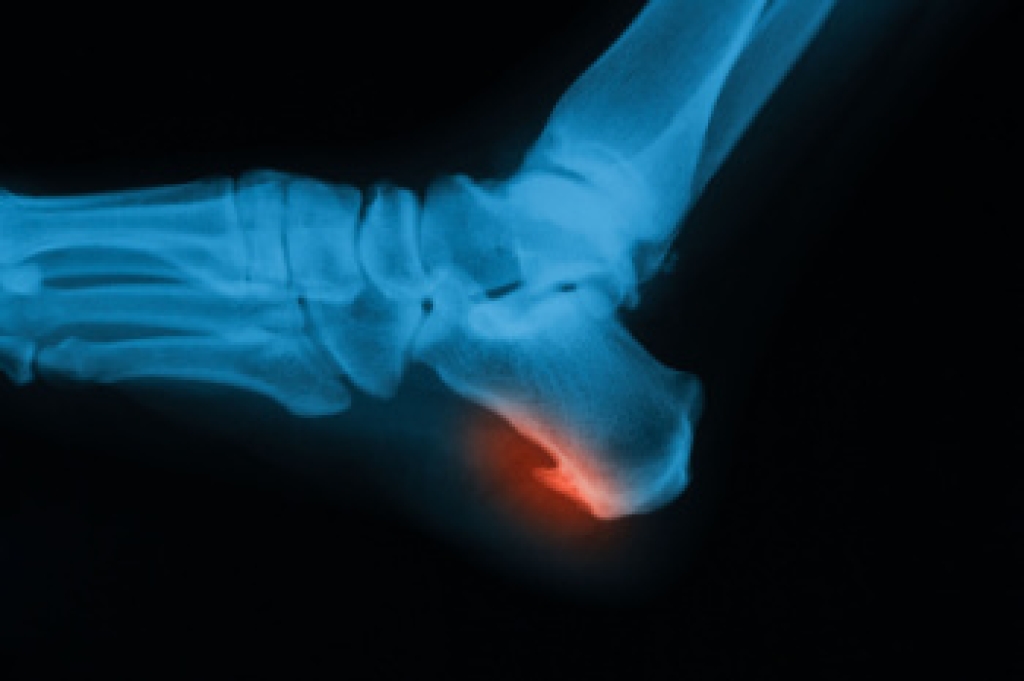
Cuboid syndrome, often overlooked, is a painful condition caused by the displacement, or subluxation, of the cuboid bone in the foot. It frequently results from acute injury or repetitive stress, particularly in athletes. Diagnosis can be challenging as symptoms mimic other conditions, such as lateral foot pain and difficulty walking. A thorough physical examination and a detailed medical history are essential for accurate identification. Relief involves a combination of manual manipulation to reposition the cuboid bone, followed by rest and taking anti-inflammatory medications to reduce pain and swelling. Stretching exercises to strengthen surrounding muscles and improve flexibility can prevent recurrence. Wearing supportive footwear and orthotic inserts also plays a critical role in recovery. If you have pain in the outside of your foot, it is suggested that you contact a chiropodist who can properly diagnose and treat foot pain.
Cuboid syndrome, also known as cuboid subluxation, occurs when the joint and ligaments surrounding the cuboid bone in the foot become injured. If you think that you may have cuboid syndrome, please consult with Emily Yu, B.Sc from Uptown Foot Care Clinic. Our specialist will assess your condition and provide you with quality foot and ankle treatment.
Causes
The cuboid bone is one of the seven tarsal bones located in the foot. Cuboid syndrome develops when the cuboid bone moves down and out of alignment with the other bone (calcaneus bone) in the joint of the foot. Cuboid syndrome can be the result of a sudden injury like an ankle sprain, or it may develop slowly over time from repetitive tension through the bone and surrounding structures.
Symptoms
The most common symptom of cuboid syndrome is pain on the outside of the foot which may worsen with activity.
Other possible symptoms include:
- Difficulty bearing weight on the affected foot
- Swelling
- Sensitivity on the bottom of the foot
- Reduced range of motion
Diagnosis
A chiropodist can diagnose cuboid syndrome based on your medical history and a physical examination of the foot. Imaging studies, such as X-rays or MRIs, often fail to show the dislocated cuboid.
Treatment
Treatment often includes resting, icing, compressing and elevating the affected foot, taping, wearing orthotic inserts, and taking anti-inflammatory medications to reduce pain. The chiropodist may also be able to manipulate the dislocated bone back into alignment.
If you have any questions, please feel free to contact our office located in . We offer the newest diagnostic and treatment technologies for all your foot care needs.
